10 Best Herbal Creams For Leg Pain
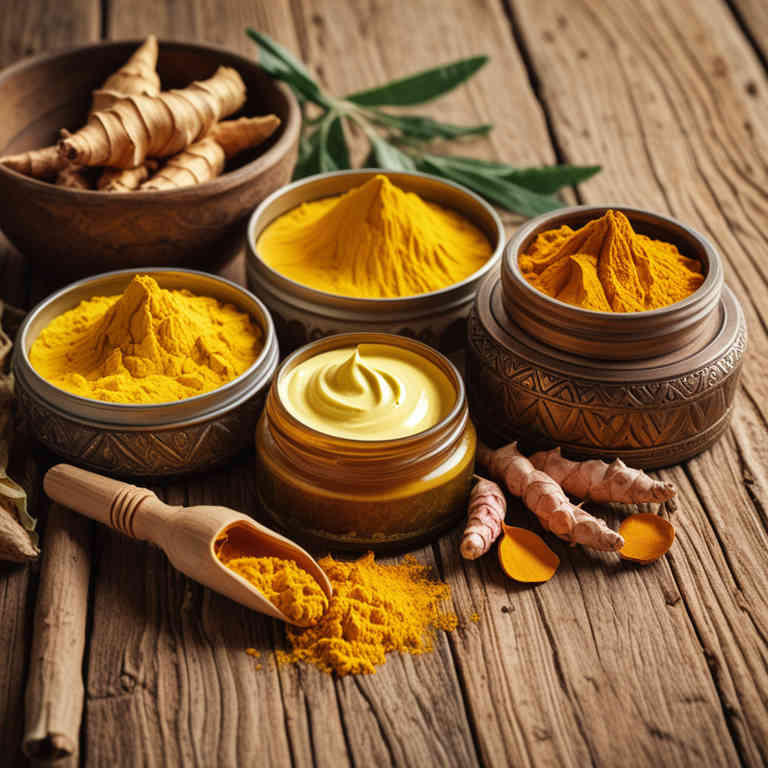
Herbal creams for leg pain are topical treatments that combine natural ingredients such as menthol, eucalyptus, camphor, and various anti-inflammatory herbs to alleviate discomfort and promote healing.
These creams are often used to relieve symptoms associated with conditions like muscle strain, arthritis, and poor circulation in the legs. They work by stimulating blood flow, reducing inflammation, and providing a soothing cooling or warming sensation that can ease pain and stiffness. Many people prefer herbal creams over prescription medications due to their natural composition and fewer side effects.
However, it is important to consult a healthcare professional before using them, especially if the leg pain is chronic or severe.
FREE Herb Drying Checklist
How to make sure every batch retains maximum flavor, color, and aroma without the risk of mold or over-drying. Eliminate guesswork and trial-and-error, making herb drying faster, easier, and more efficient every time.
Table of Contents
1. Hypericum perforatum
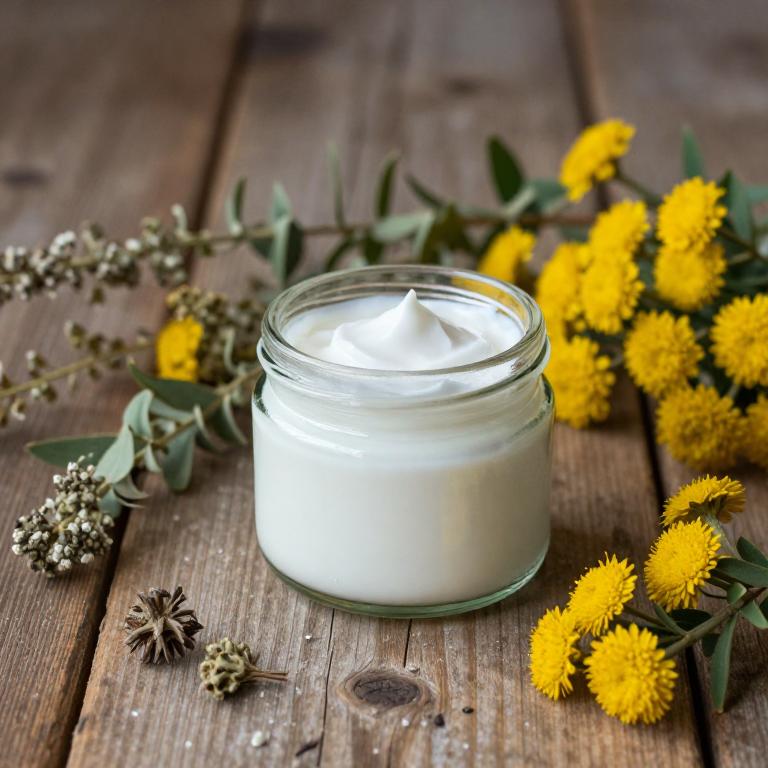
Hypericum perforatum, commonly known as St. John's Wort, is often used in herbal creams to alleviate leg pain, particularly associated with conditions like arthritis or nerve damage.
These creams typically contain a concentrated form of the plant's active compounds, such as hyperforin and hypericin, which are believed to have anti-inflammatory and analgesic properties. When applied topically, the cream can provide localized relief by reducing inflammation and soothing sore tissues in the legs. Many users report a warming sensation and reduced discomfort after regular application.
However, it is important to consult a healthcare professional before using St. John's Wort, as it may interact with certain medications.
2. Equisetum arvense
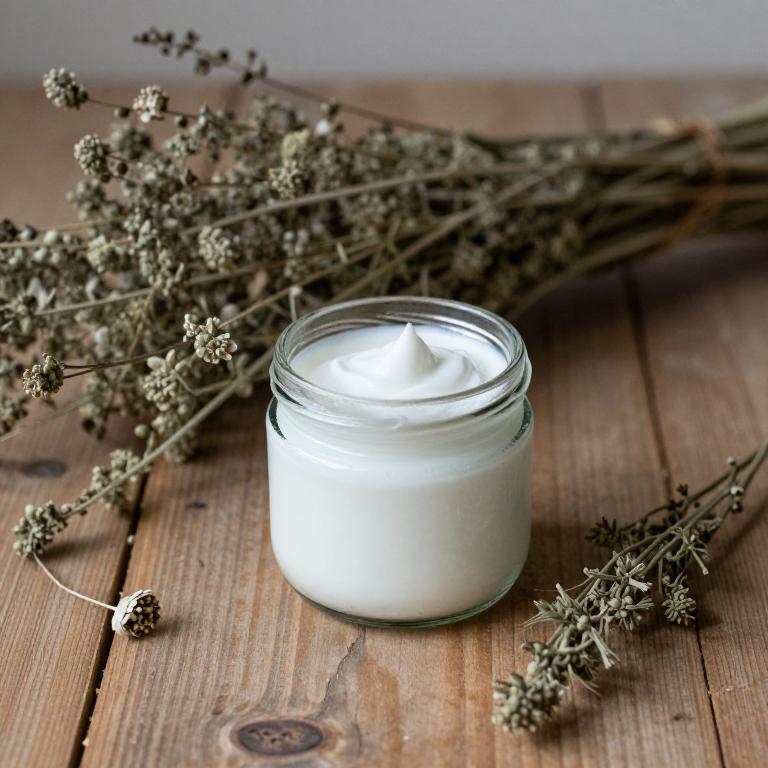
Equisetum arvense, commonly known as field horsetail, is a traditional herbal remedy that has been used for its potential anti-inflammatory and pain-relieving properties.
When incorporated into herbal creams, it may help alleviate leg pain by reducing inflammation and promoting circulation in the affected areas. These creams are often formulated with other complementary ingredients such as menthol or arnica to enhance their soothing effects. However, it is important to consult a healthcare professional before using equisetum-based products, especially for individuals with allergies or those taking medications.
While some studies suggest possible benefits, more research is needed to fully understand its efficacy and safety for long-term use.
3. Achillea millefolium
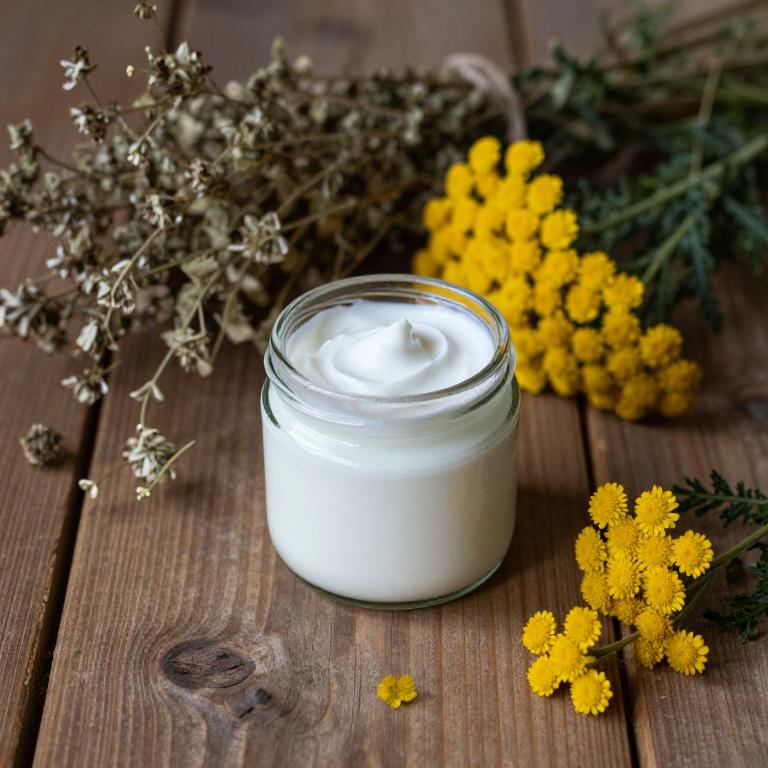
Achillea millefolium, commonly known as yarrow, is a herb traditionally used for its anti-inflammatory and soothing properties.
Herbal creams containing Achillea millefolium are often formulated to provide relief from leg pain, particularly associated with conditions like arthritis, muscle strain, or varicose veins. These creams typically combine yarrow extract with other natural ingredients such as menthol or camphor to enhance their analgesic and warming effects. When applied topically, they can help reduce swelling, improve circulation, and ease discomfort in the legs.
However, individuals should consult a healthcare professional before use, especially if they have sensitive skin or are taking medications.
4. Cnicus benedictus
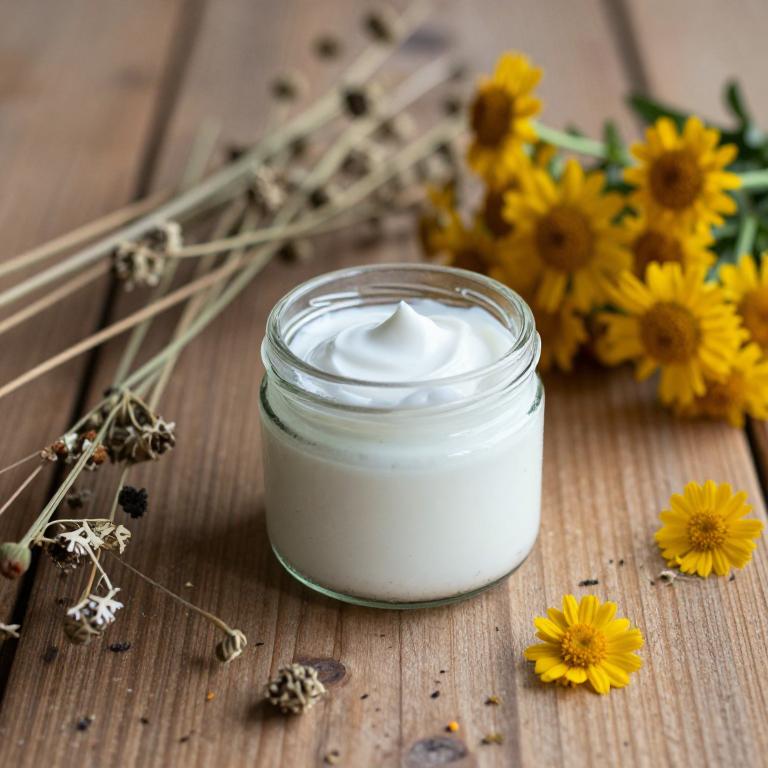
Cnicus benedictus, also known as blessed thorn, is a traditional herbal remedy that has been used for centuries to alleviate various ailments, including leg pain.
Herbal creams containing Cnicus benedictus are often formulated with other natural ingredients to enhance their therapeutic effects, such as anti-inflammatory and analgesic properties. These creams are typically applied topically to the affected area to provide localized relief from conditions like arthritis, muscle strain, or nerve-related pain. The active compounds in Cnicus benedictus are believed to support circulation and reduce swelling, making them a popular choice in alternative medicine.
However, it is important to consult a healthcare professional before using these creams, especially if you have sensitive skin or are taking other medications.
5. Vitex agnus-castus
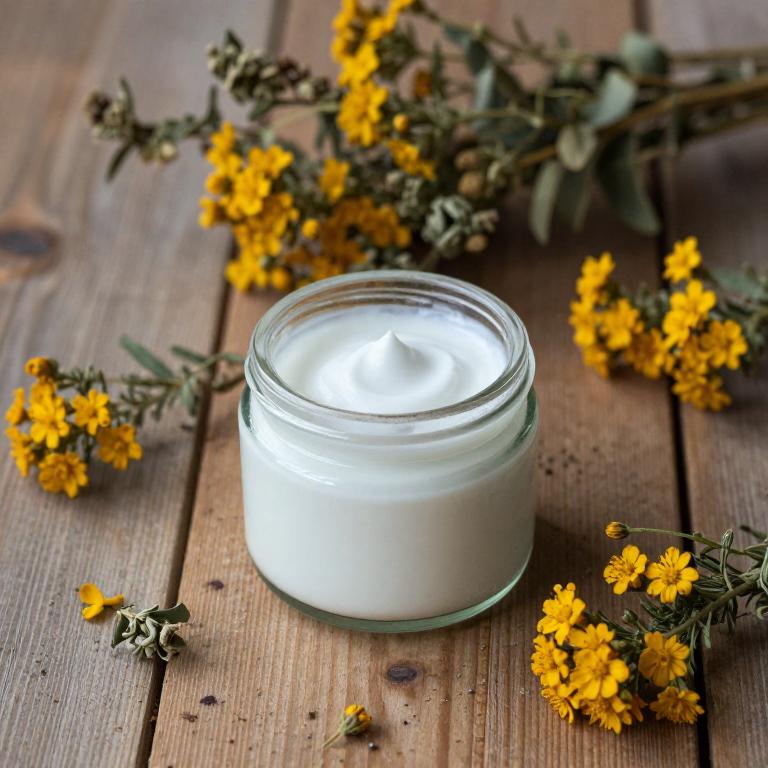
Vitex agnus-castus, commonly known as chaste tree, has been traditionally used in herbal medicine for its potential to support hormonal balance and reduce inflammation.
When incorporated into herbal creams, vitex may offer relief for leg pain by promoting circulation and reducing muscle tension. These creams are often formulated with other soothing ingredients like lavender or arnica to enhance their therapeutic effects. While not a substitute for medical treatment, vitex-based creams can be a natural complement to managing chronic leg pain.
As with any herbal remedy, it is advisable to consult with a healthcare professional before use, especially for individuals with existing health conditions or those taking medications.
6. Urtica dioica
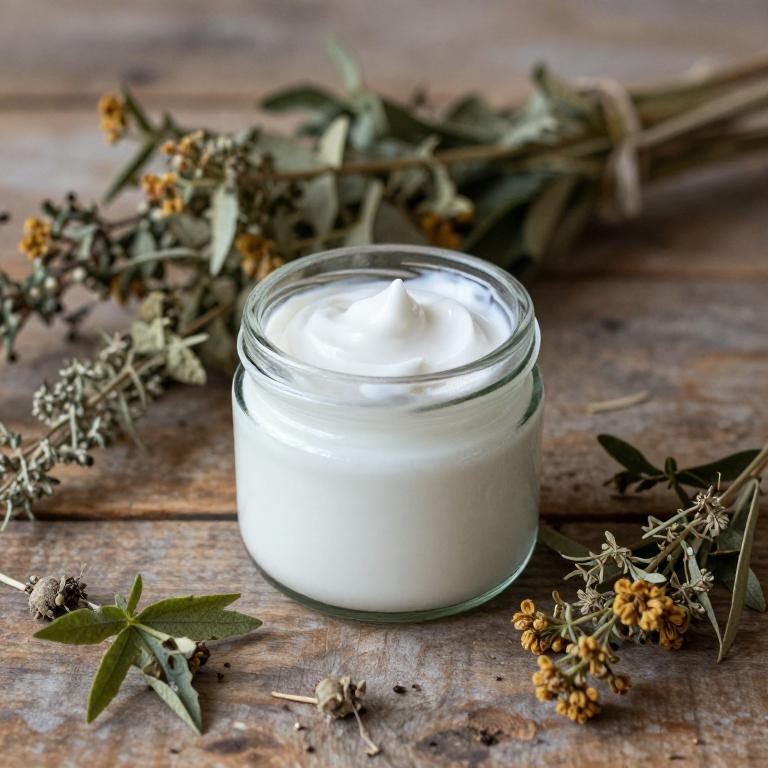
Urtica dioica, commonly known as stinging nettle, is often used in herbal creams to alleviate leg pain due to its anti-inflammatory and analgesic properties.
These creams typically contain a concentrated form of the plant's leaves, which are rich in compounds like silica, flavonoids, and antioxidants that may help reduce swelling and discomfort. When applied topically, the cream can provide localized relief for conditions such as arthritis, muscle strain, or varicose veins in the legs. However, it is important to perform a patch test before use, as some individuals may experience an allergic reaction to the plant's natural irritants.
Overall, urtica dioica herbal creams offer a natural alternative for managing leg pain, though they should complement, not replace, professional medical advice.
7. Lavandula angustifolia
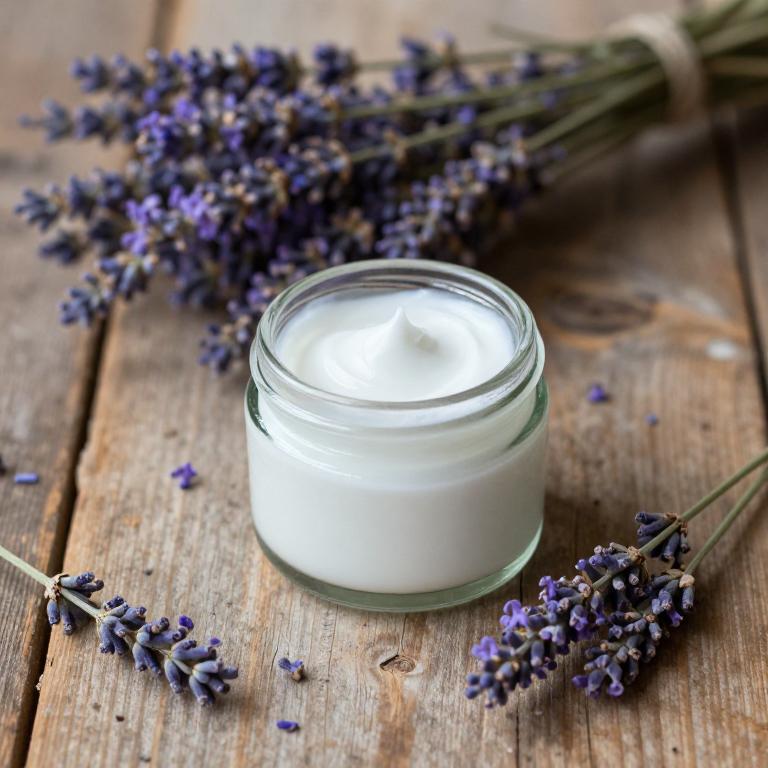
Lavandula angustifolia, commonly known as English lavender, is often incorporated into herbal creams for its soothing and anti-inflammatory properties.
These creams are particularly beneficial for alleviating leg pain caused by conditions such as arthritis, muscle strain, or varicose veins. The essential oils in lavender help to reduce inflammation and promote relaxation, making them a popular choice for natural pain relief. When applied topically, lavender-infused creams can provide a calming effect and improve circulation in the legs.
Many users find these creams to be a gentle and effective alternative to pharmaceutical treatments for chronic leg discomfort.
8. Arnica montana
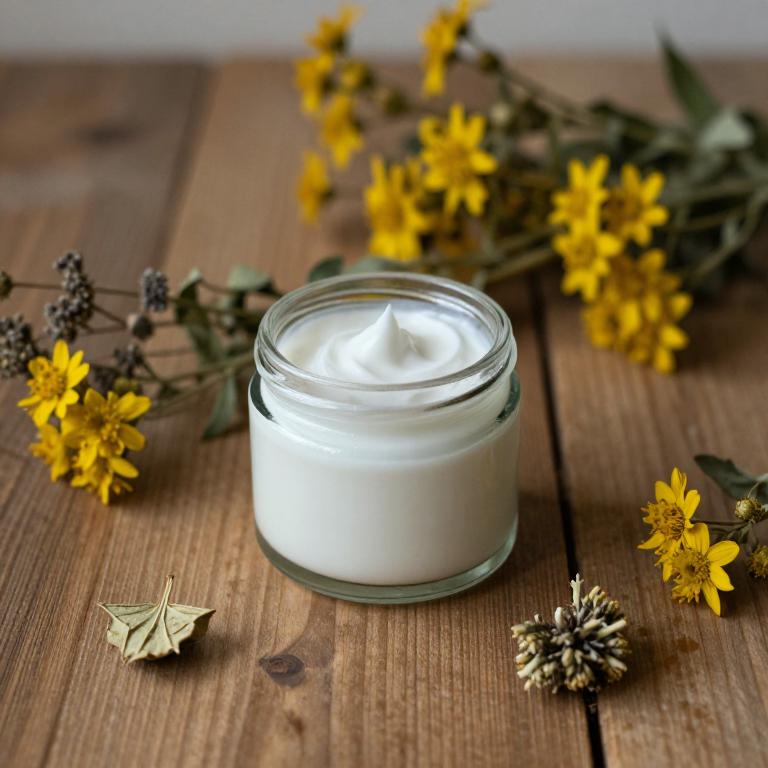
Arnica montana herbal creams are commonly used to alleviate leg pain, particularly from injuries, bruises, or muscle strains, due to their anti-inflammatory and analgesic properties.
These creams contain a concentrated form of the Arnica montana plant, which is known for its ability to reduce swelling and promote healing. When applied topically to the skin, the active compounds in the cream can help soothe discomfort and improve circulation in the affected area. However, it is important to note that arnica should not be used on broken skin or open wounds, as it may cause irritation.
As with any herbal remedy, it is advisable to consult a healthcare professional before use, especially for individuals with sensitive skin or underlying health conditions.
9. Salvia officinalis
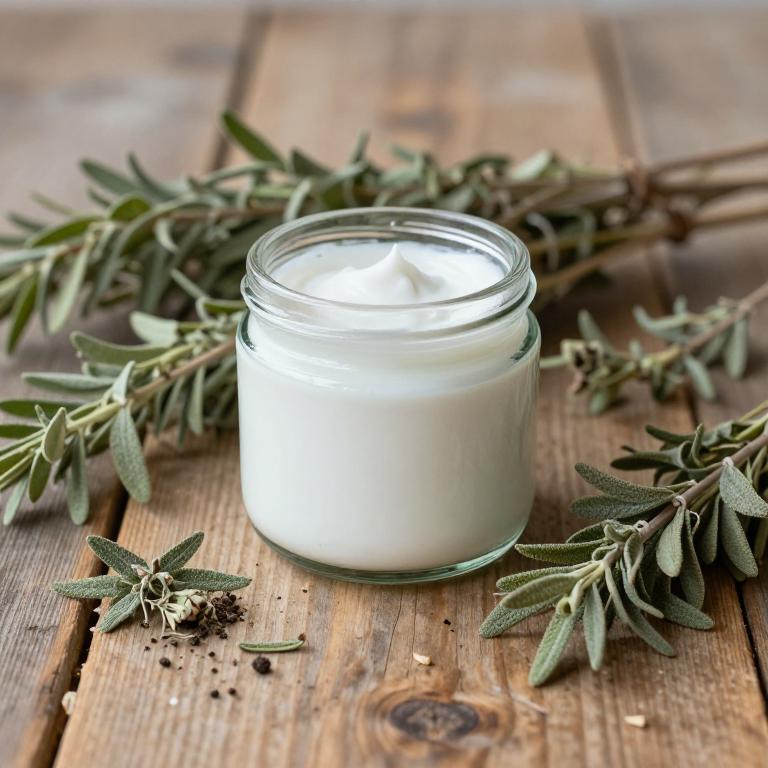
Salvia officinalis, commonly known as sage, is often used in herbal creams to alleviate leg pain due to its anti-inflammatory and analgesic properties.
These creams typically contain a blend of sage extract, essential oils, and other natural ingredients that work together to reduce swelling and soothe muscle discomfort. When applied topically, the active compounds in sage can help improve circulation and ease tension in the legs, making them a popular choice for individuals suffering from conditions like varicose veins or restless leg syndrome. Many users report a warming sensation and a sense of relief after using sage-based creams, which can be particularly beneficial for chronic leg pain.
However, it is important to consult with a healthcare professional before using these products, especially if you have sensitive skin or are taking other medications.
10. Nymphaea alba
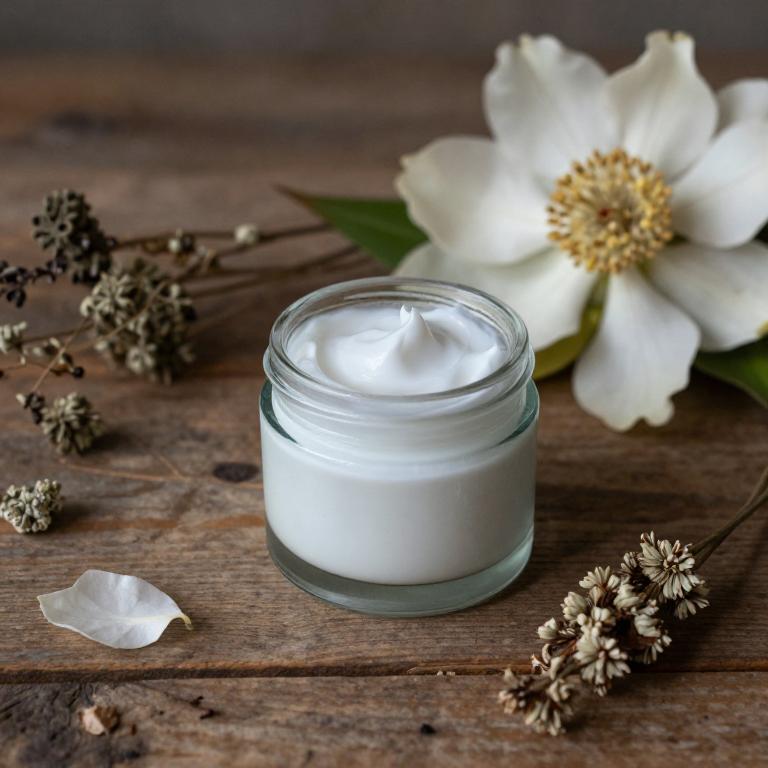
Nymphaea alba, commonly known as the white water lily, has been traditionally used in herbal medicine for its soothing and anti-inflammatory properties.
Herbal creams containing Nymphaea alba are often formulated to provide relief from leg pain, particularly conditions such as varicose veins, restless legs syndrome, and minor muscle aches. The active compounds in Nymphaea alba, including flavonoids and mucilage, are believed to enhance circulation and reduce swelling, making them beneficial for individuals experiencing discomfort in the legs. These creams are typically applied topically, offering a natural alternative to conventional pain relief treatments.
When used consistently, Nymphaea alba herbal creams may help alleviate symptoms and promote overall leg health.